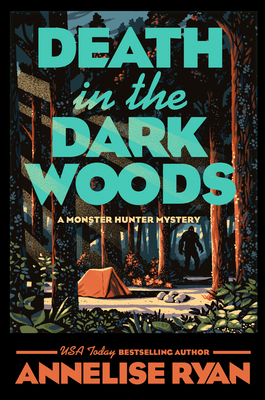 Death in the Dark Woods (Monster Hunter Mystery #2) by Annelise Ryan
Death in the Dark Woods (Monster Hunter Mystery #2) by Annelise Ryan Format: eARC
Source: supplied by publisher via Edelweiss
Formats available: hardcover, ebook, audiobook
Genres: cozy mystery, mystery
Series: Monster Hunter Mystery #2
Pages: 336
Published by Berkley on December 12, 2023
Purchasing Info: Author's Website, Publisher's Website, Amazon, Barnes & Noble, Kobo, Bookshop.org, Better World Books
Goodreads
A potential Bigfoot sighting is linked to a vicious murder, but skeptical cryptozoologist Morgan Carter is on the case in this new Monster Hunter Mystery by USA Today bestselling author Annelise Ryan.
Business has been booming since Morgan Carter solved the case of the monster living in Lake Superior. The Odds and Ends bookstore is thriving, of course, but Morgan is most excited by the doors that were opened for her as a cryptid hunter.
Recently, there have been numerous sightings of a Bigfoot-type creature in the Chequamengon-Nicolet National Forest area of Bayfield County, Wisconsin. After a man is found dead from a vicious throat injury in the forest, the local sheriff asks Morgan to investigate.
When Morgan and her dog, Newt, go there to investigate, they uncover a trail of lies, deception, and murder. It seems a mysterious creature is, indeed, living in the forest, and Morgan might be its next target.
My Review:
“Sightings of the monster are directly related to consumption of the Highland beverage,” or so proclaimed a tour guide on the way to Loch Ness a few years ago. Not that cryptozoologist Morgan Carter is looking for Nessie, or even any kin she might have in the Great Lakes, but that quote does rather sum up Morgan’s attitude towards the cryptids that fascinate her – even though she doesn’t expect to find one.
Morgan is a scientist first, a bookstore owner second, and a professionally trained cryptozoologist third. Her scientific training tells her that finding a real cryptid, either in the present day or in a formerly hidden bit of the historical record, is unlikely at best.
Then again, coelacanths weren’t discovered until 1938. So an aquatic ‘sea monster’ whose remains have all fallen into the deep is still possible if not likely. Bigfoot, a land-based primate cryptid – not so much.
So when her friend, local police chief Jon Flanders, brings a conservation officer from Bayfield, Wisconsin to her door with a tale of two mutilated dead bodies, one scared witness and the possibility that Bigfoot is on the loose, Morgan is intrigued – but far from convinced. It’s far more likely, as that tour guide claimed, that either the weather conditions in the Chequamegon-Nicolet National Forest were foggy with a chance of cryptid sightings, or that the witness was either blind drunk or just plain blind.
After all, whether or not Bigfoot is responsible, there are two dead bodies. Someone, or something, or someone posing as something, killed them. And Morgan is determined to find out who, or which, or both.
And she’s all too aware that there are more than enough two-legged monsters to go around – and get around – without needing to hunt for Bigfoot.
 Escape Rating A-: So far, at least, the Monster Hunter Mystery series is cozy with a side of gruesome. Considering the series title, the gruesome part is kind of expected. It’s the cozy setting that throws things a bit for a loop, but in a very interesting way.
Escape Rating A-: So far, at least, the Monster Hunter Mystery series is cozy with a side of gruesome. Considering the series title, the gruesome part is kind of expected. It’s the cozy setting that throws things a bit for a loop, but in a very interesting way.
I liked this second book in the series better than the first, A Death in Door County, for reasons that I’m, of course, about to get into.
This second book does a great job of giving the reader enough logic and especially science to understand exactly why Morgan finds Bigfoot to be considerably further down the “plausible existability” without getting nearly so far into the weeds, or seaweeds as the case may be, as she did in that first book.
Also, the villains of this piece were all more or less in plain sight from the beginning, it was much more a question of what, precisely who was guilty of, and why. The red herrings were all mind-catchingly presented and really tasty. There were also plenty of them to serve as appetizers until the main course was revealed. And no, I didn’t guess which of the many possibilities was the actual killer until the end – because there was just so much guilt to go around. Just not the same guilt.
The resolution of the Bigfoot sightings was handled in a way that was entirely within the bounds of possibility and dove deeply into a bit of Wisconsin history that has lost a great deal of its luster over the decades, but once upon a time was something quite special.
And briefly is again, albeit in an entirely different way.
We’re also getting to know the ‘Scooby Gang’ that Morgan has gathered around herself, including her frenemy turned friend – if not more – Police Chief Jon Flanders. There’s a will they/won’t they relationship going on there that is moving at a glacial pace – for good and solid emotional reasons that it’s going to be fun to see thaw over the books ahead.
Plus there’s an EvilEx™ lurking in the background, the cause of the glacial pace of Morgan’s side of the relationship, just waiting to jump out of the shadows. I think I’m even more invested in seeing him get his just desserts than I am in Morgan and Jon’s relationship. And that’s definitely saying something!
There’s also a big plus to this series in the person of Morgan’s amazing dog, Newt. Rescuing Newt in the beginning of A Death in Door County marked the beginning of Morgan’s healing process AND Newt and his amazing nose are the perfect partners for Morgan’s monster hunting adventures.
I’m looking forward to more in this monstrously cozy, quirky mystery series. Because they just keep getting better and better!

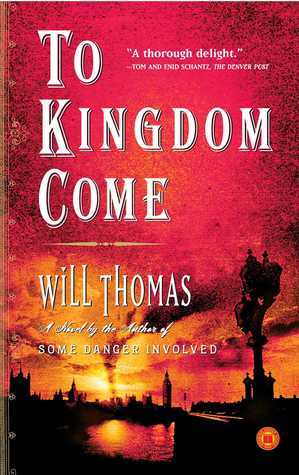 To Kingdom Come (Barker & Llewelyn, #2) by
To Kingdom Come (Barker & Llewelyn, #2) by 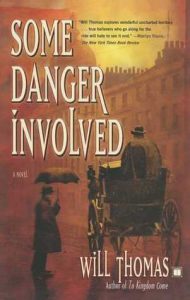 After the events of the first marvelous book in this series,
After the events of the first marvelous book in this series, 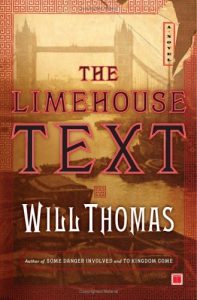 What kept me glued to my seat (as this turned out to be a one-sitting/one-evening read) was the way that it dove head-first both into the heart of its point-of-view character Thomas Llewelyn and into the hearts and motivations of the Irish Republican Brotherhood faction members, and the difficulty that Llewelyn had separating himself from them and his sympathy for their cause even as he decried their methods and worked to bring them down, doing his best to keep them all from being blown “to kingdom come”.
What kept me glued to my seat (as this turned out to be a one-sitting/one-evening read) was the way that it dove head-first both into the heart of its point-of-view character Thomas Llewelyn and into the hearts and motivations of the Irish Republican Brotherhood faction members, and the difficulty that Llewelyn had separating himself from them and his sympathy for their cause even as he decried their methods and worked to bring them down, doing his best to keep them all from being blown “to kingdom come”.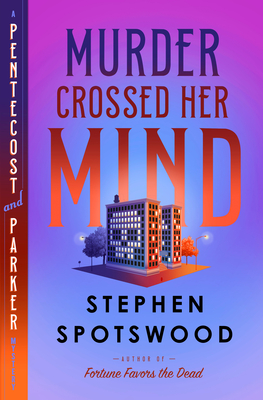 Murder Crossed Her Mind (Pentecost and Parker #4) by
Murder Crossed Her Mind (Pentecost and Parker #4) by 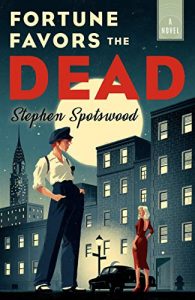 It’s still 1947 in this fourth entry in the
It’s still 1947 in this fourth entry in the 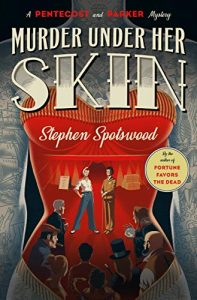 Escape Rating A++: Murder Crossed Her Mind was an actual, literally, honest-to-goodness one sitting read for me. I started it thinking I’d read for an hour or so before bed, and then just stayed there reading. And stayed. And STAYED. Until it was done nearly four hours later. Hence that A++ rating because I simply could not put this down until Pentecost and Parker knew everything and staged a great – but still slightly speculative – reveal at the end.
Escape Rating A++: Murder Crossed Her Mind was an actual, literally, honest-to-goodness one sitting read for me. I started it thinking I’d read for an hour or so before bed, and then just stayed there reading. And stayed. And STAYED. Until it was done nearly four hours later. Hence that A++ rating because I simply could not put this down until Pentecost and Parker knew everything and staged a great – but still slightly speculative – reveal at the end.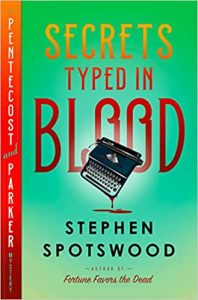 It was also a bit different because it was never about what enemies Vera might have made – because she didn’t. Instead, it was about which secret someone could least afford her to reveal, which made the investigation just that much more complicated.
It was also a bit different because it was never about what enemies Vera might have made – because she didn’t. Instead, it was about which secret someone could least afford her to reveal, which made the investigation just that much more complicated.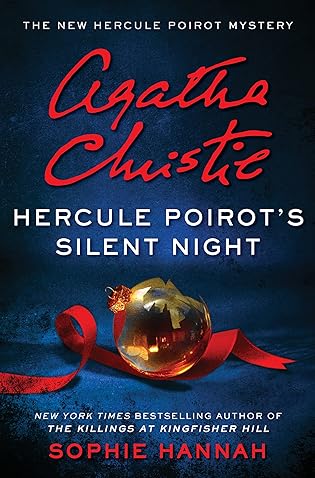 Hercule Poirot's Silent Night (New Hercule Poirot Mysteries, #5) by
Hercule Poirot's Silent Night (New Hercule Poirot Mysteries, #5) by  Scotland Yard Inspector Edward Catchpool and his friend and mentor Hercule Poirot are just settling in to a two-week staycation (even if that term had not been invented yet) in London, staying in Poirot’s rather palatial apartment at Whitehaven Mansions, attended by Poirot’s inestimable butler, George, for the duration of the holidays.
Scotland Yard Inspector Edward Catchpool and his friend and mentor Hercule Poirot are just settling in to a two-week staycation (even if that term had not been invented yet) in London, staying in Poirot’s rather palatial apartment at Whitehaven Mansions, attended by Poirot’s inestimable butler, George, for the duration of the holidays.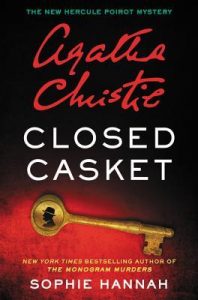 Escape Rating B-: Looking back at my reviews of the previous books in this
Escape Rating B-: Looking back at my reviews of the previous books in this 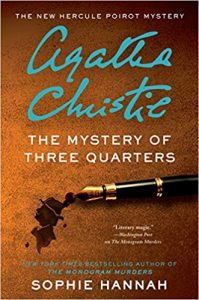 A lot of the ‘action’ of the story, particularly the ‘fair play’ aspects of the mystery and its resolution, were handled as more ‘telling’ than showing, as the two detectives were often working separately, and only caught up at irregular intervals through meticulous reports – which is how the reader gets caught up as well.
A lot of the ‘action’ of the story, particularly the ‘fair play’ aspects of the mystery and its resolution, were handled as more ‘telling’ than showing, as the two detectives were often working separately, and only caught up at irregular intervals through meticulous reports – which is how the reader gets caught up as well.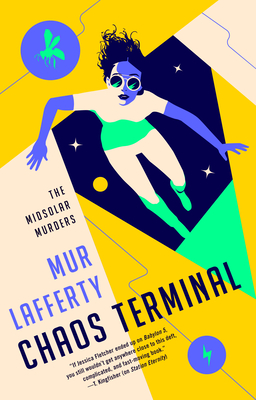 Chaos Terminal (The Midsolar Murders, #2) by
Chaos Terminal (The Midsolar Murders, #2) by  Escape Rating B: One of the things that made the first book in this series,
Escape Rating B: One of the things that made the first book in this series, 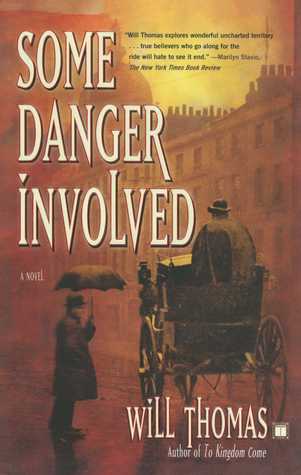 Some Danger Involved (Barker & Llewelyn, #1) by
Some Danger Involved (Barker & Llewelyn, #1) by 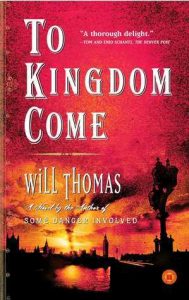 (Although my own family was still spread across Eastern Europe at this time period, I have pictures of my great-grandfather, and this would have been his generation, letting me connect to this story on a deeper level than I expected – which is where those multiple levels of comfort read come comfortably in.)
(Although my own family was still spread across Eastern Europe at this time period, I have pictures of my great-grandfather, and this would have been his generation, letting me connect to this story on a deeper level than I expected – which is where those multiple levels of comfort read come comfortably in.)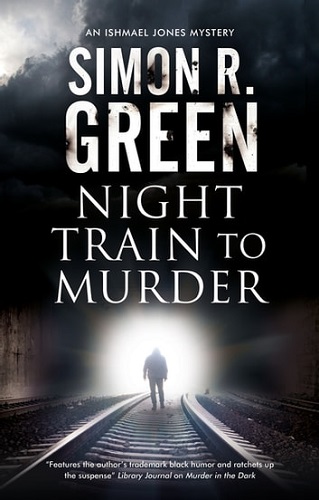 Night Train to Murder (Ishmael Jones #8) by
Night Train to Murder (Ishmael Jones #8) by 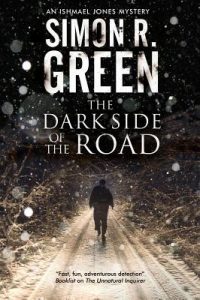 His work and romantic partner, Penny Belcourt, knows as many of his secrets as Ishmael himself does. They met on a case, the first one in this series,
His work and romantic partner, Penny Belcourt, knows as many of his secrets as Ishmael himself does. They met on a case, the first one in this series, 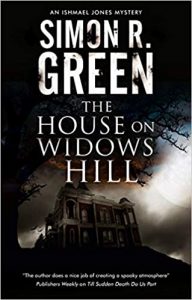 Because one of the things that this series does so very well, and with so much high-quality snark and occasional sheer bloody-mindedness, is that the worst monsters in this or any other universe are inevitably human. And that’s what keeps me coming back to this series, over and over and over again.
Because one of the things that this series does so very well, and with so much high-quality snark and occasional sheer bloody-mindedness, is that the worst monsters in this or any other universe are inevitably human. And that’s what keeps me coming back to this series, over and over and over again.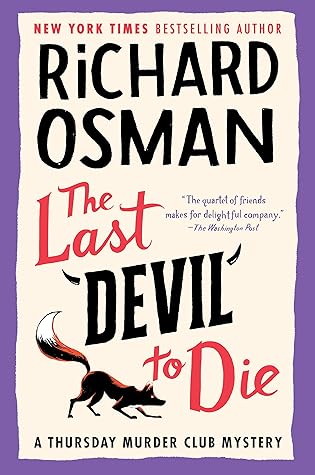 The Last Devil to Die (Thursday Murder Club, #4) by
The Last Devil to Die (Thursday Murder Club, #4) by  The first ‘devil’ to die in this fourth entry in the
The first ‘devil’ to die in this fourth entry in the 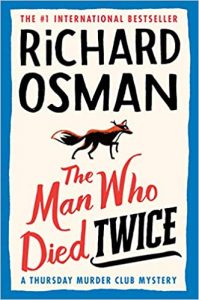 Escape Rating A: The Last Devil to Die turned out to be the perfect capstone to this series so far, but I had more than a bit of an approach/avoidance problem to reading it all the way to the bitter end.
Escape Rating A: The Last Devil to Die turned out to be the perfect capstone to this series so far, but I had more than a bit of an approach/avoidance problem to reading it all the way to the bitter end.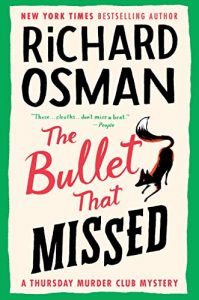 And it’s not just that they are as deadly serious as the corpses they discover, but also that they are pragmatic and savvy about their place in the world, that they have many more days behind them then ahead of them, that they are often discounted because of that, and that the end is coming for all of them and it’s important how they occupy that time and take care of that end as it comes.
And it’s not just that they are as deadly serious as the corpses they discover, but also that they are pragmatic and savvy about their place in the world, that they have many more days behind them then ahead of them, that they are often discounted because of that, and that the end is coming for all of them and it’s important how they occupy that time and take care of that end as it comes.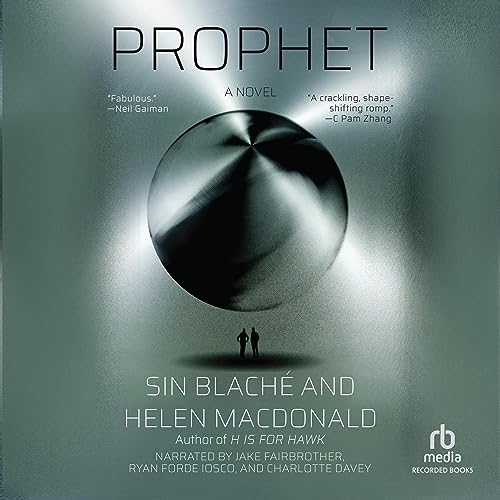 Prophet by
Prophet by 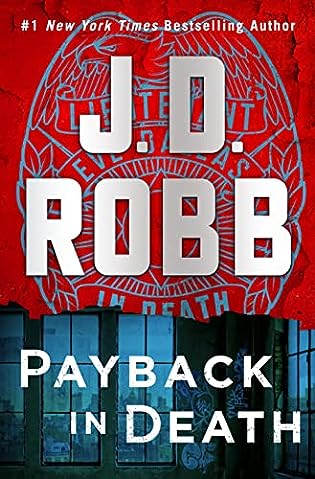 Payback in Death (In Death, #57) by
Payback in Death (In Death, #57) by  Escape Rating B: At this point, I’m here to see how all my ‘book friends’ are doing after whatever happened in the previous book in the series (which in this case was
Escape Rating B: At this point, I’m here to see how all my ‘book friends’ are doing after whatever happened in the previous book in the series (which in this case was 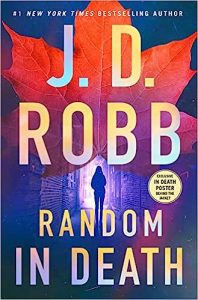 And that the investigation displayed yet again the reasons that Dallas and her squad are the best at what they do.
And that the investigation displayed yet again the reasons that Dallas and her squad are the best at what they do.